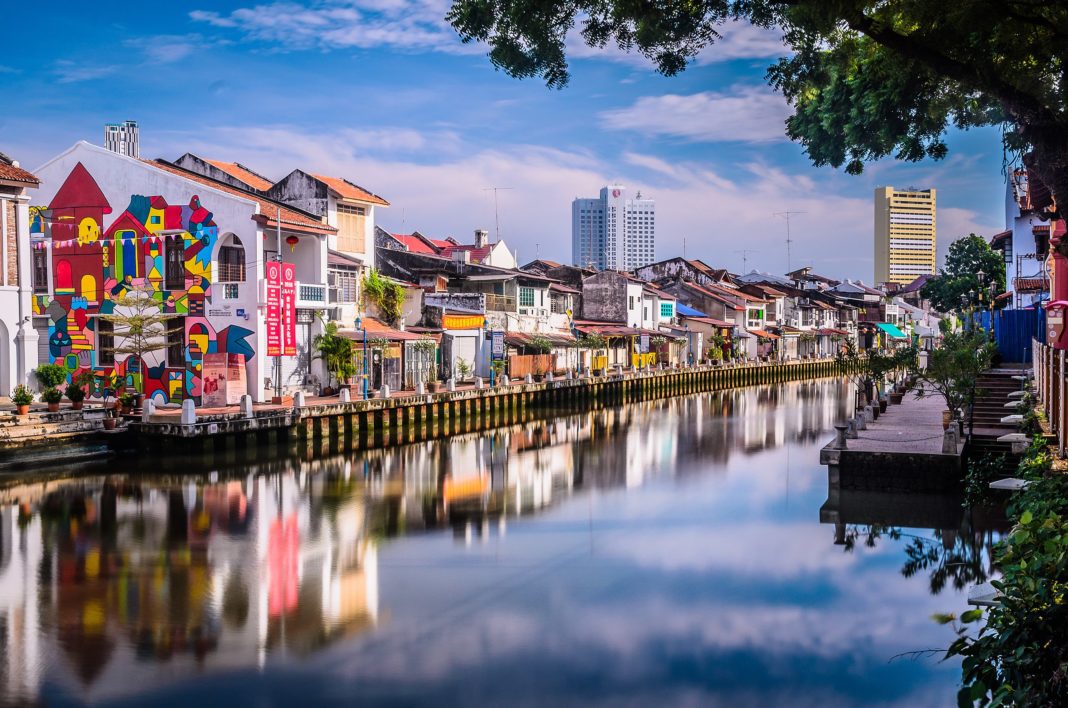When Sumatran prince Parameswara established the Melaka Sultanate in the early 1400s, few would have imagined that a sleepy fishing village at the mouth of the Melaka River would turn into an entrepot fought over by Western powers.
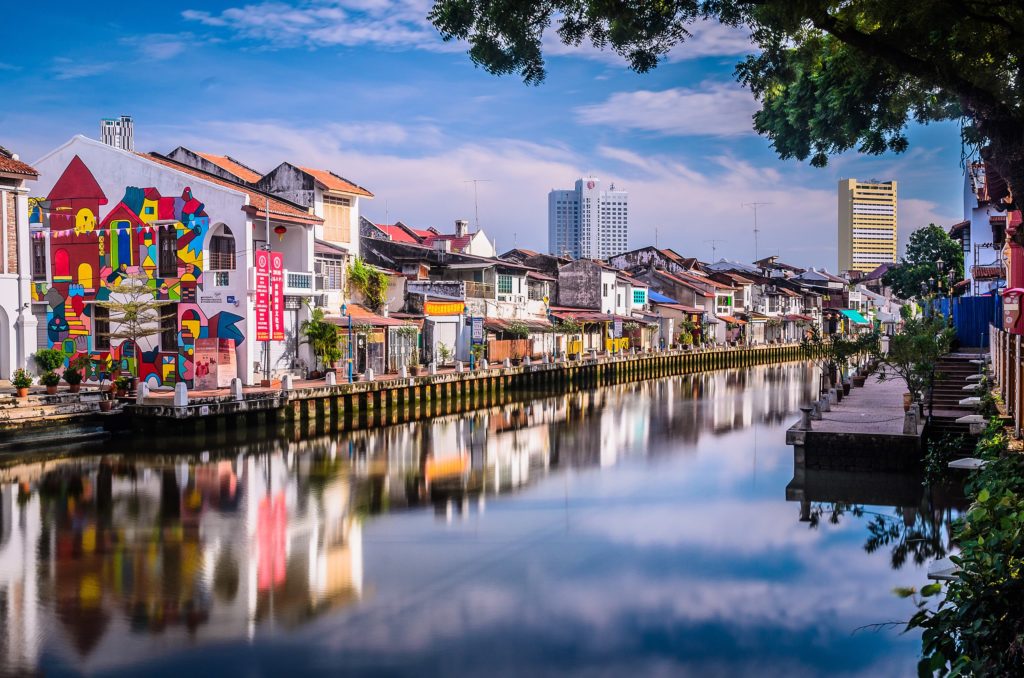 The Portuguese, lured by the riches of the spice trade, wrested power from Melaka and ruled from 1511 until 1641, when the city fell into the hands of the Dutch. Melaka once again changed hands in the early 1800s, when the British took control of the city, reigning until the independence of Malaya (now Malaysia) in 1957.
The Portuguese, lured by the riches of the spice trade, wrested power from Melaka and ruled from 1511 until 1641, when the city fell into the hands of the Dutch. Melaka once again changed hands in the early 1800s, when the British took control of the city, reigning until the independence of Malaya (now Malaysia) in 1957.
Today, visitors can experience the old world charm of this once bustling port, its vibrant communities and its burgeoning cafe and bar scene.
See A Famosa
To understand what Melaka meant to the Portuguese and the Dutch, a stop at A Famosa is a must.
When the Portuguese arrived here, they began constructing an impressive fort, Fortaleza de Malaca – later simply called A Famosa or “The Famous” – to keep invaders out.
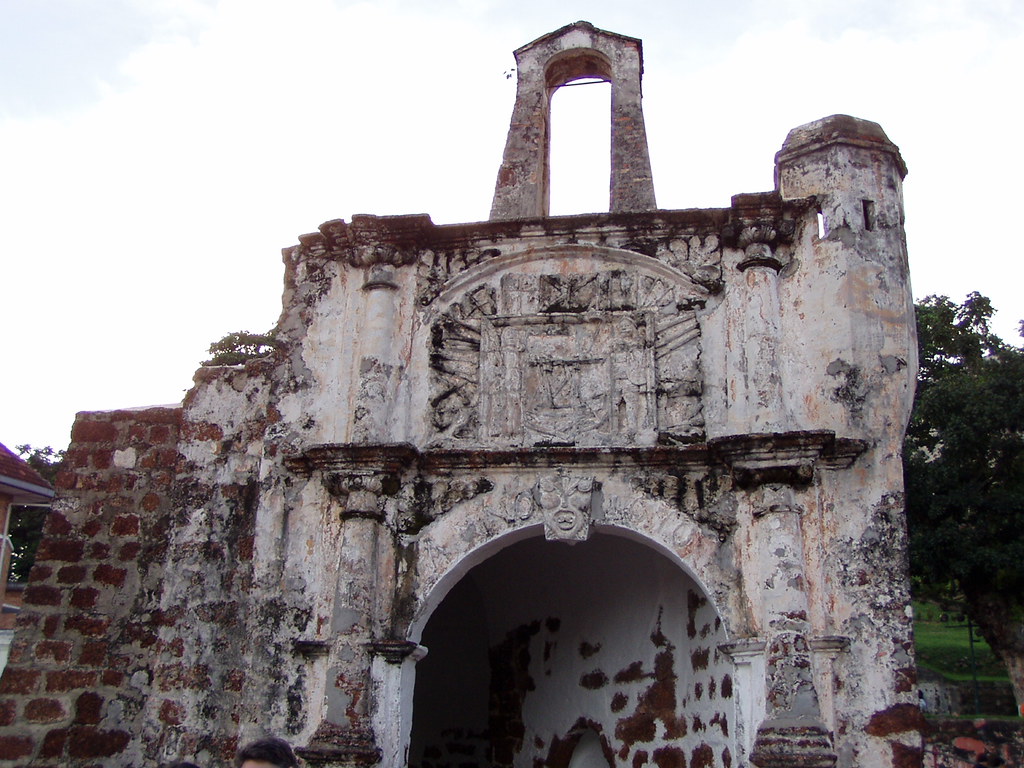 All that remains of what was once the most powerful Portuguese military stronghold east of India is Porta de Santiago, a stone gateway that marks the entrance to the fort.
All that remains of what was once the most powerful Portuguese military stronghold east of India is Porta de Santiago, a stone gateway that marks the entrance to the fort.
The Dutch, who occupied the fort after defeating the Portuguese, added more fortifications to defend their city, but almost everything except the famous archway was later demolished by the British.
Take a spin around Red Square
Referred to by locals as Red Square, this congregation of terracotta-hued structures includes Dutch administrative buildings like the formal city hall Stadthuys and Christ Church, a Dutch Reformed Church built to commemorate the centenary of Dutch rule.
Today, the Stadthuys houses Melaka’s History and Ethnography Museum, a repository of artefacts that documents the city’s early history and rise to fame.
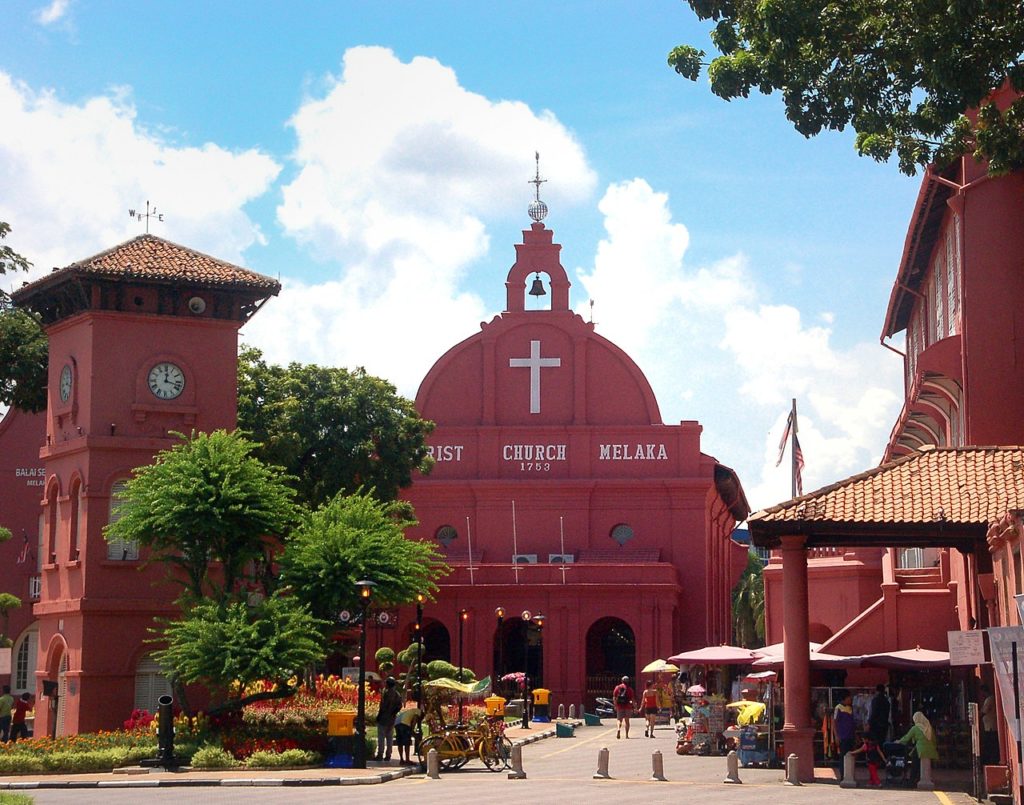 Also worth a visit is Christ Church Melaka, believed to be the oldest functioning Protestant church in Malaysia.
Also worth a visit is Christ Church Melaka, believed to be the oldest functioning Protestant church in Malaysia.
With its rectangular plan, red granite plinths and Dutch roof tiles, the church, which is now part of the Anglican Diocese of West Malaysia, is a good example of 18th century Dutch architecture.
If you’re not a history buff but enjoy all things kitsch, hop into one of the multi-coloured trishaws parked at Red Square for a spin around the historic zone – you won’t regret it.
Cruise down Melaka River
If you want to see Melaka’s main sights but don’t want to work up a sweat traipsing across the city, the Melaka River Cruise is a leisurely way to take it all in.
Travelling by river is a fitting way to experience Melaka, once known as the Venice of the East, and appreciate the vital role the waterway played in the city’s rise to prominence in global trade.
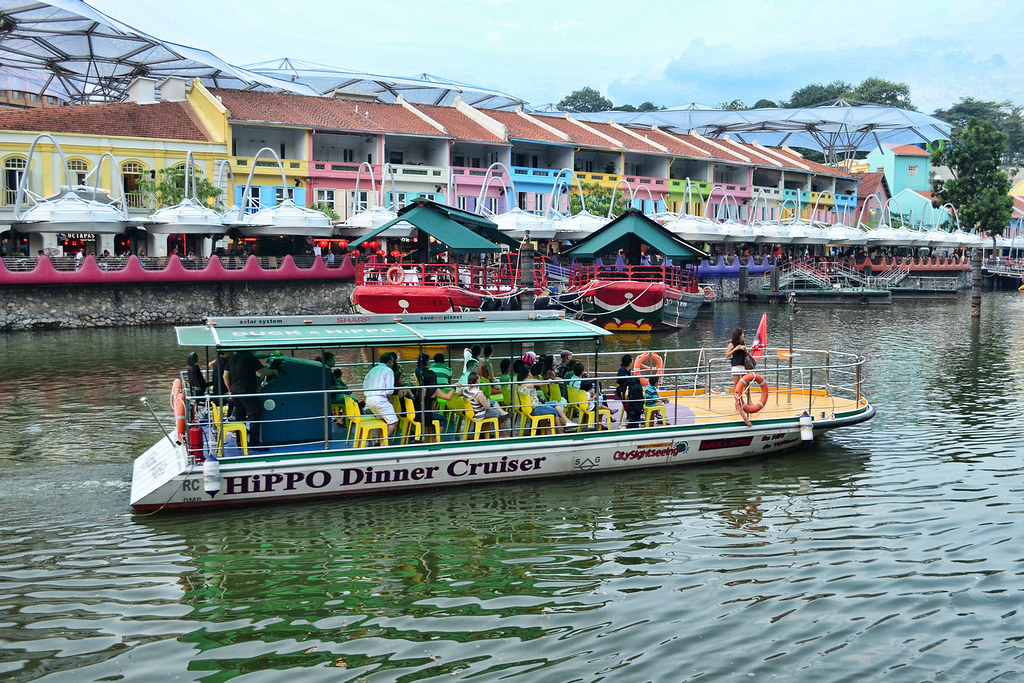 Sit back and relax while your cruise boat meanders down a 9-kilometre route, past iconic monuments like the Stadthuys and Church of St Francis Xavier, an impressive Neo-Gothic structure built in 1856 to honour the 16th century Catholic missionary known as The Apostle of the East.
Sit back and relax while your cruise boat meanders down a 9-kilometre route, past iconic monuments like the Stadthuys and Church of St Francis Xavier, an impressive Neo-Gothic structure built in 1856 to honour the 16th century Catholic missionary known as The Apostle of the East.
Also en route is Kampung Morten, a riverside Malay village that retains its rustic charm despite being dwarfed by development.
With boats plying the river from 9am to 11.30pm daily, the 45-minute cruise is a great way to experience the city from a different perspective, day or night.
Learn about the Baba Nyonya
Composed of three adjoining terrace units in the city’s historic quarter, the Baba & Nyonya Heritage Museum pays homage to Melaka’s Peranakan Chinese community, colloquially known as Baba Nyonya.
The former home of four generations of the Chan family, who acquired the property in 1861, this townhouse showcases turn-of-the-20th century Straits architecture and family heirlooms.
Visitors can explore the house on a self-guided tour or join one of the hourly guided sessions.
 Highlights at the museum include Thia Besar, a reception hall featuring panels of Chinese silk embroidery, Thia Abu or the ancestral hall where offerings are still made to the family’s forebears, and Dapur, a cavernous kitchen that showcases traditional Baba Nyonya cooking implements.
Highlights at the museum include Thia Besar, a reception hall featuring panels of Chinese silk embroidery, Thia Abu or the ancestral hall where offerings are still made to the family’s forebears, and Dapur, a cavernous kitchen that showcases traditional Baba Nyonya cooking implements.
Tours offer visitors a glimpse into Peranakan Chinese culture through beautifully preserved exhibits such as a traditional bridal chamber, outfits, jewellery and footwear like the intricate kasut manik (beaded slippers) prized by Nyonya women.
For those with kids in tow, activities like weaving ketupat (rice cake in a woven pouch) and lantern-making organised by the museum will keep your children occupied while you tour the house.
According to airasia.com




